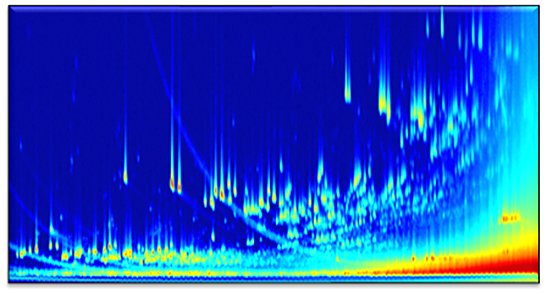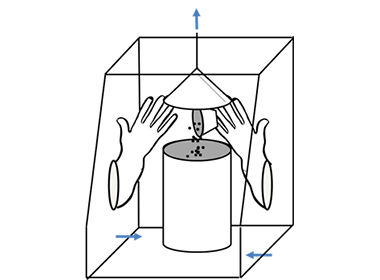Emission and Exposure Analysis Group
Emission and Exposure Analysis Group

5 Researchers:
Naohide Shinohara, Tomoko Oguri, Yasuyuki Zushi, Hideo Kajihara
7 Contract Employees
Outline
In order to evaluate the risk and effectiveness of countermeasures for chemical substances, nanomaterials, coronaviruses, etc., we analyze their emissions and exposures based on measurements. Major efforts include: Emission and exposure assessment of semi-volatile organic compounds, mold, mites, endotoxins, radioactive cesium, etc. in indoor air; Exposure assessment of coronavirus based on investigation of ventilation and particle behavior in indoor air and public transportation; Exposure assessment of chemical substances by analysis of house dust, food, consumer products, etc. together with biological samples (urine, blood, etc.); Exposure and risk assessment of complex mixtures by using comprehensive analysis; and Emission and exposure assessment of nanomaterials such as carbon nanotubes and cellulose nanofibers.
Research Highlights
Exposure Assessment in the Indoor Environment
Exposure Assessment in the Indoor Environment
- Measurement of emission and adsorption rates of semi-volatile organic compounds (SVOCs) in the laboratory and actual environment to elucidate indoor behaviors of chemical substances and to improve exposure risk assessment and measurement of dermal exposure
- Investigation of indoor mold, mites, endotoxins, and radioactive cesium
|
Measurements in Indoor Environment |
Control against Coronavirus Infection (collaboration with Risk Assessment Strategy Group)
- Investigation of ventilation and particle behavior in the indoor environments of buildings and public transport
- Evaluation of indoor environment of public transportation vehicles for the Expo 2025 and methods for purifying the indoor air of the vehicles
- Visualization and quantification of artificial droplets and droplet nuclei in indoor environments using a breath and cough simulator

Ventilation measurement in a train vehicle |

Diffusion-advection test in a bus using artificial droplet nuclei |
Assessing human exposure of individuals
Development of Pharmacokinetic and Exposure Reconstruction Models for Chemical Substances
- Building pharmacokinetic and exposure reconstruction models that link the concentration in biological samples from human biomonitoring and the estimated exposure amount via environmental media
- Analyzing the concentrations of phthalates and other chemicals in house dust, food, consumer products, etc. for exposure assessment
- Contributing to advanced exposure assessment and chemical management
 |
Exposure and Risk Assessment for Complex Mixture
Comprehensive Analysis of Mixtures by State-of-the-Art Technology
- Development of analytical methods using state-of-the-art instruments (e.g. GC × GC) to comprehensively clarify chemical composition of mixtures occurring in the environment and in commercial/industrial products

Instrument for comprehensive analysis (GC × GC) |

Substances from a mixture detected by |
Web Platform for Assessment of Mixture
- Development of a web platform that allows users to access mixture data taken by state-of-the-art analytical instruments and directly assess the mixture
- Development of the system to easily and thoroughly assess all of the components in a mixture detected by comprehensive analysis

Mixture Touch: Web platform for assessment of complex mixturs analyzed by GC × GC
Emission and Exposure Assessment of Nanomaterials
Development of Measurement Methods for Nanomaterials
- Development of measurement methods for carbon nanomaterials and cellulose nanofibers
On-site Surveys and Emission Tests
- On-site surveys of workplaces handling nanomaterials
- Tests to evaluate the possibility and degree of nanomaterial emission

On-site surveys |

Test of dustiness during transfer of powder |

Grinding test for composite material |
Publication of Documents
- Publication of documents to support voluntary safety management of nanomaterials (collaborate with Risk Assessment Strategy Group)
 |


